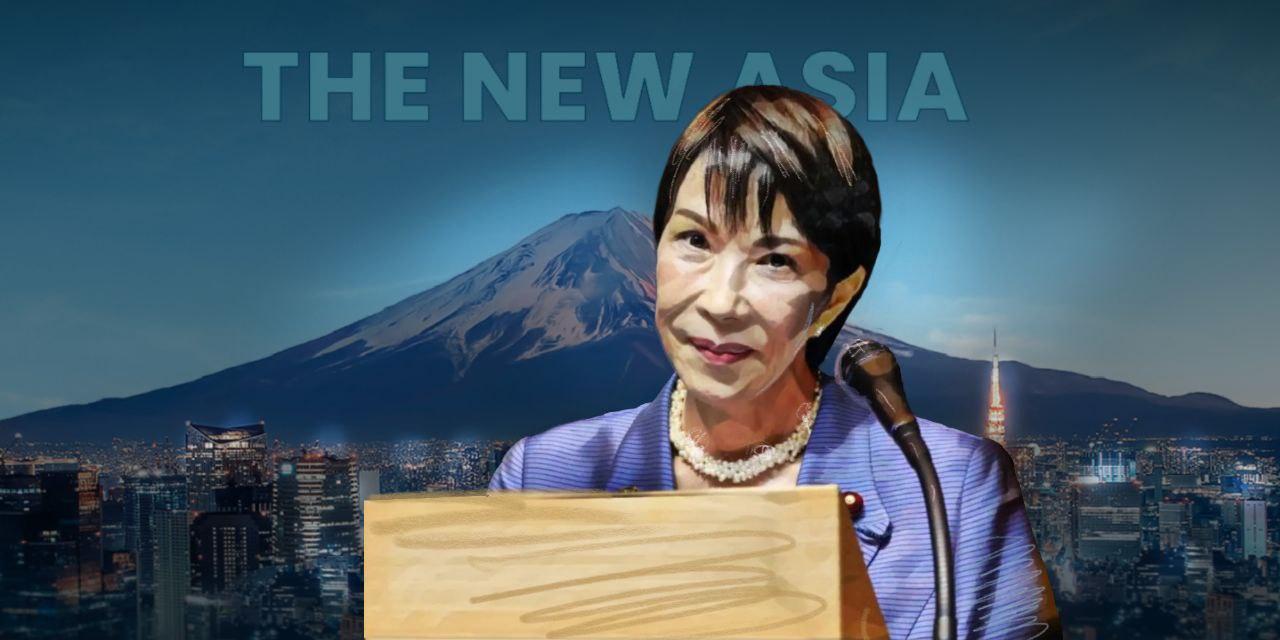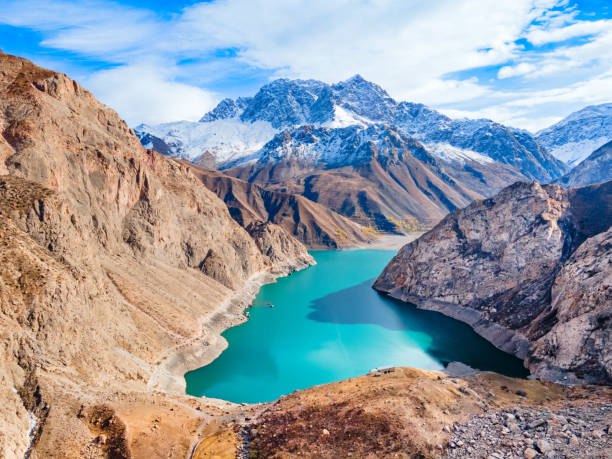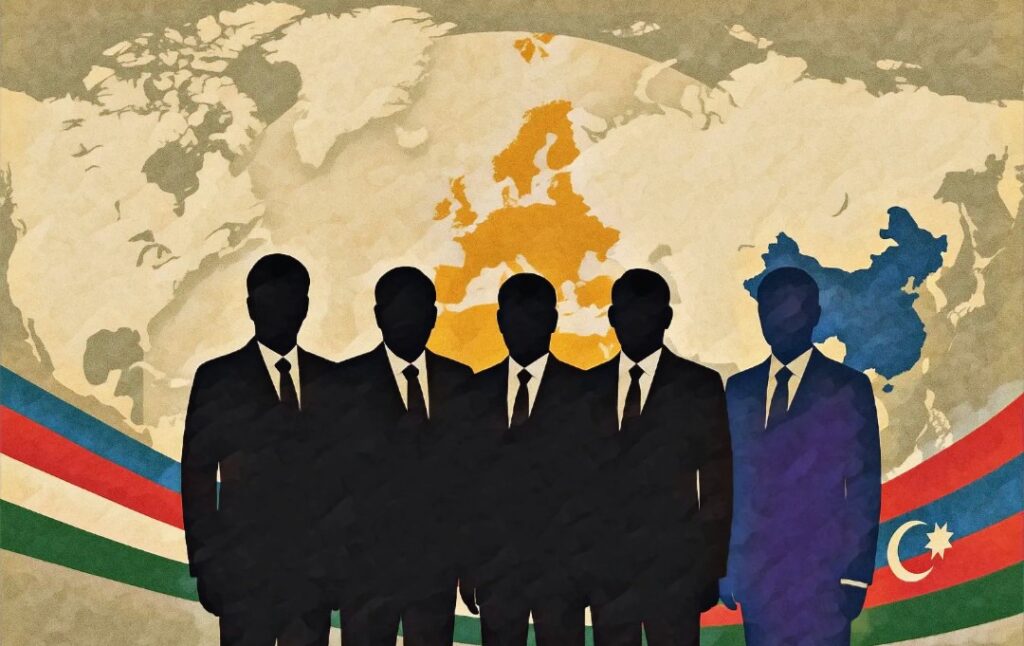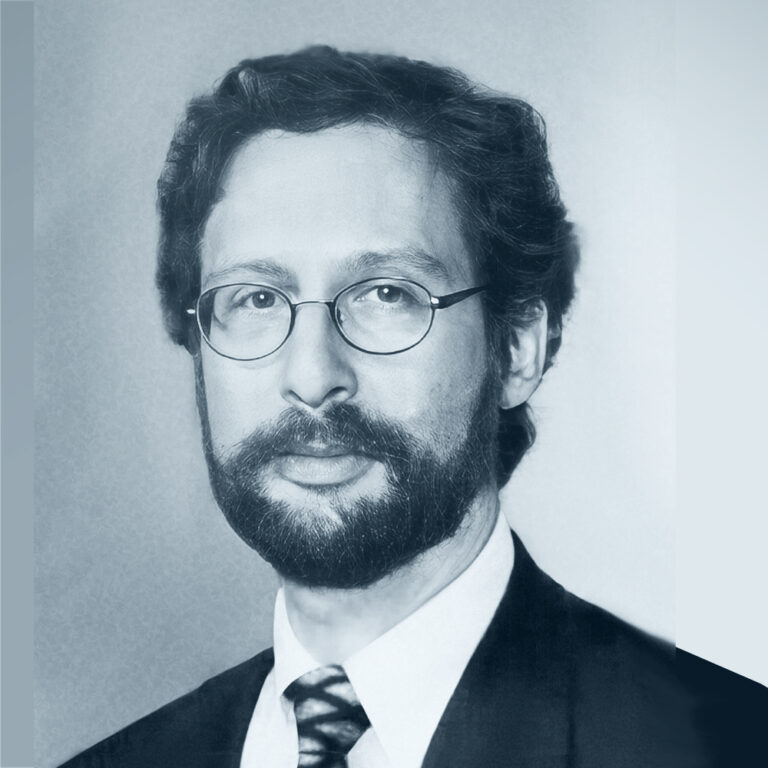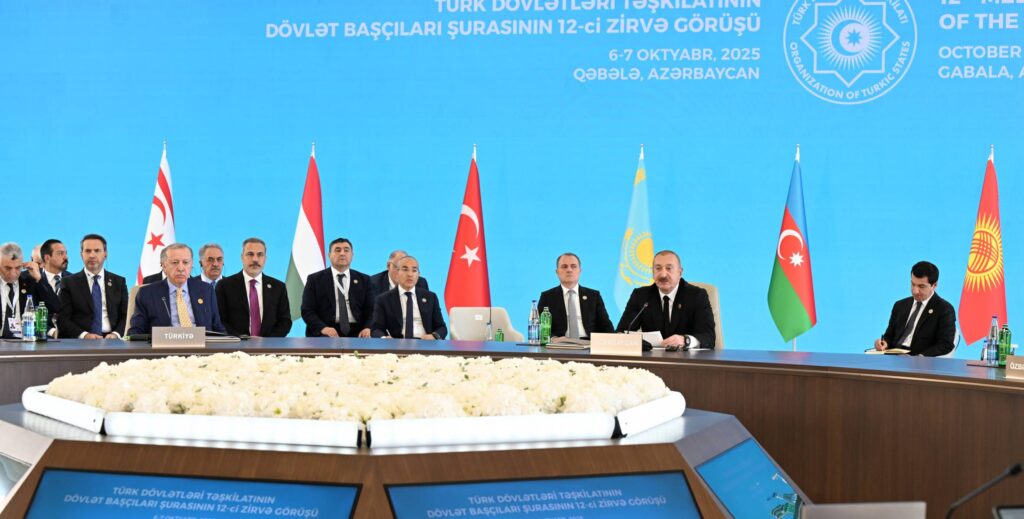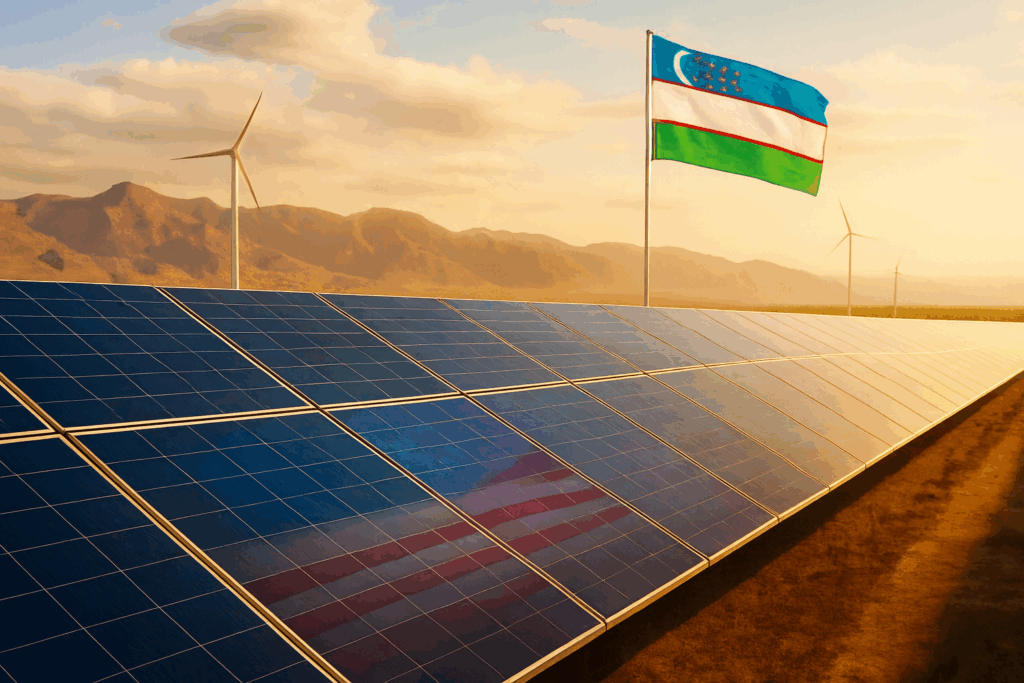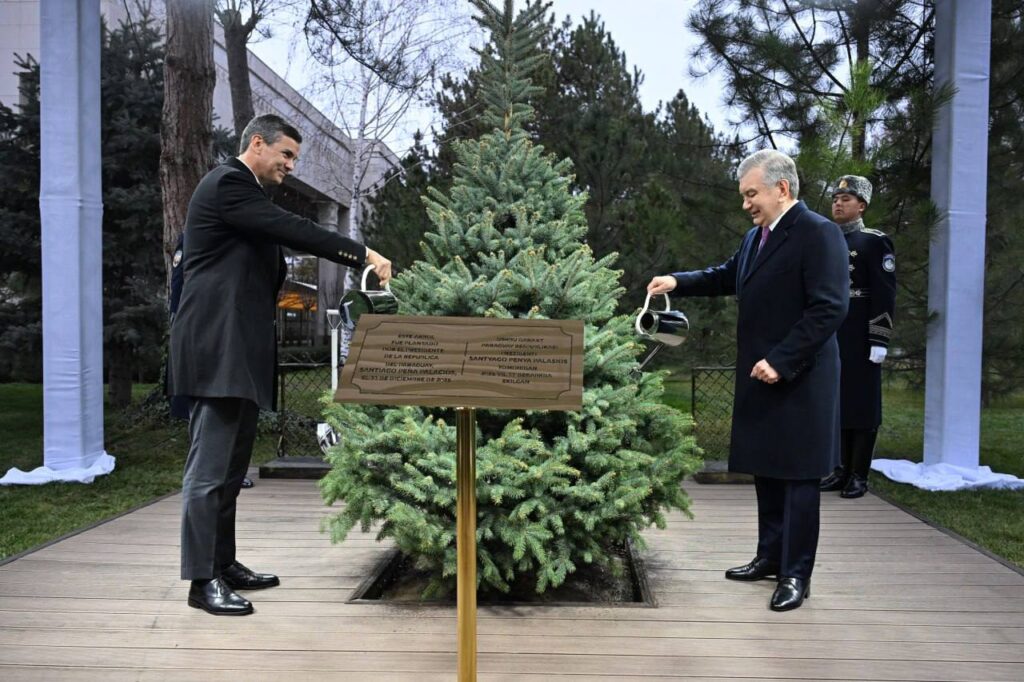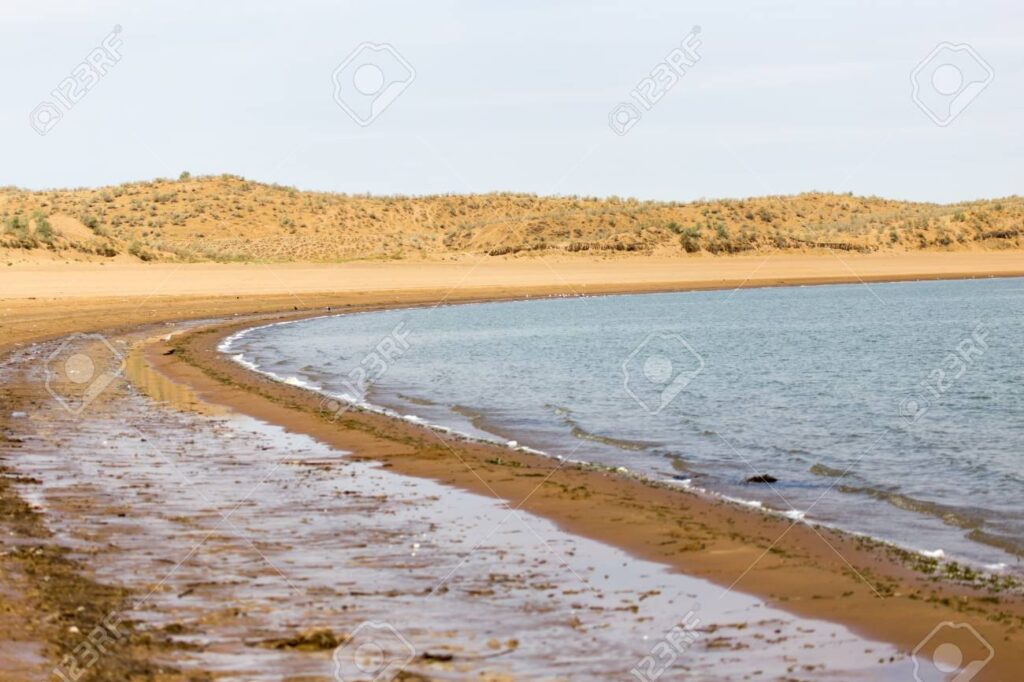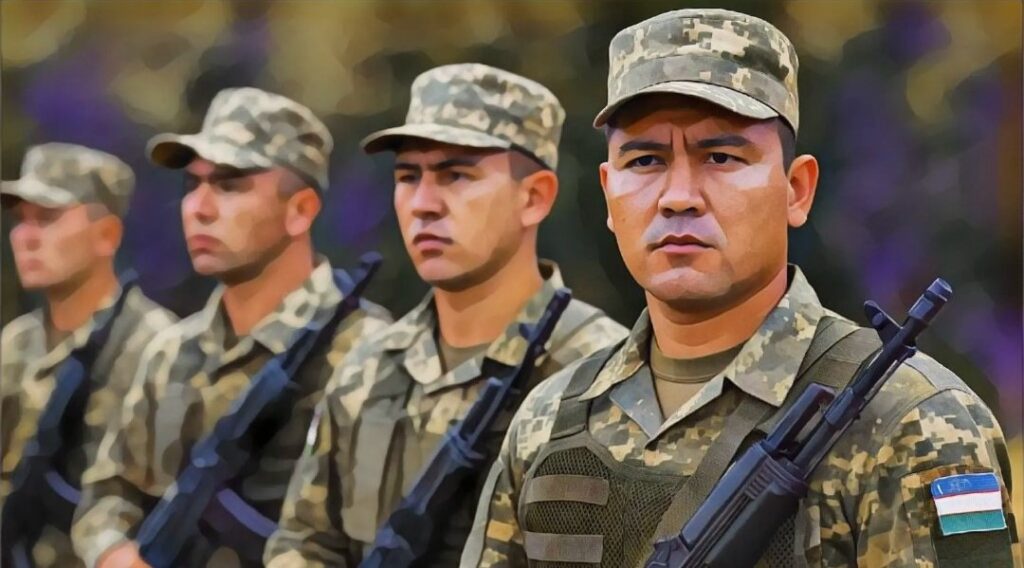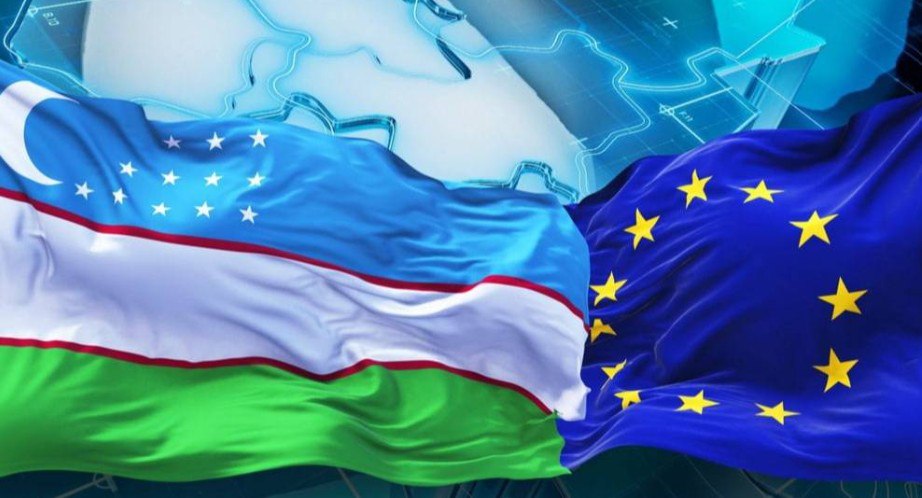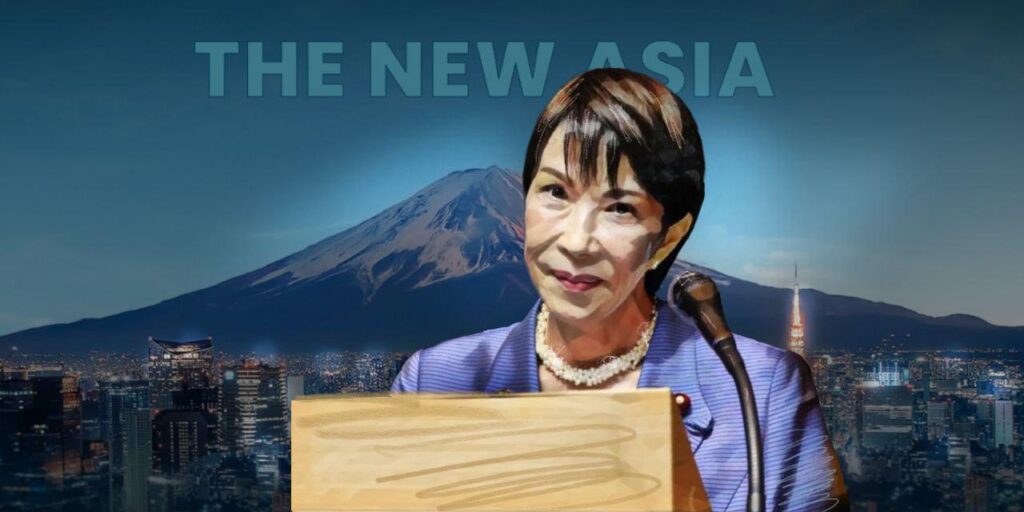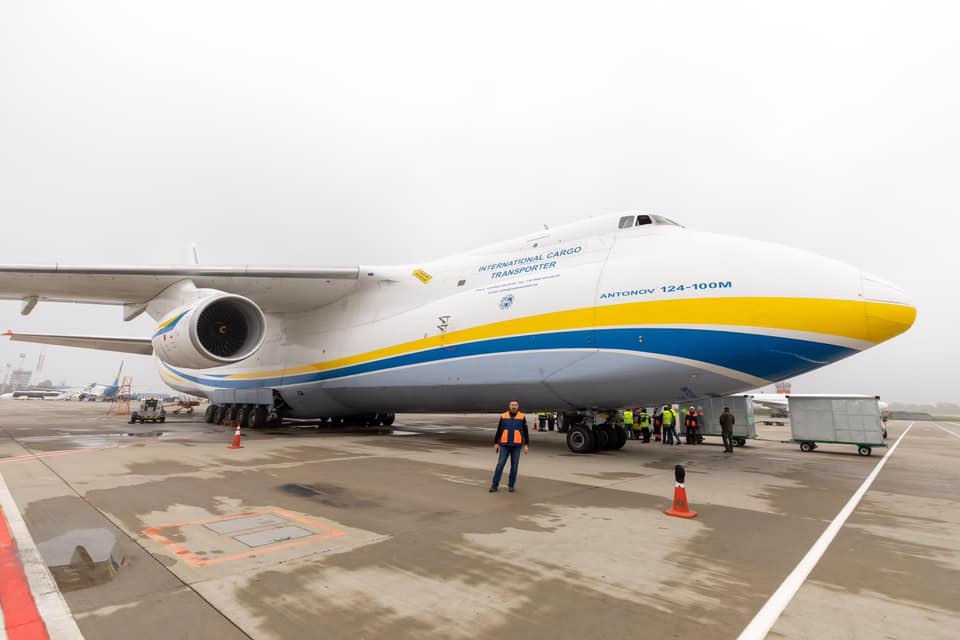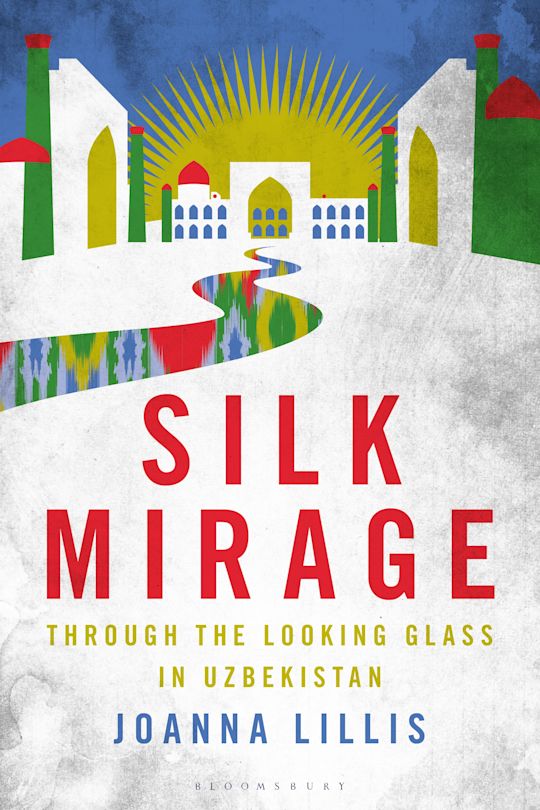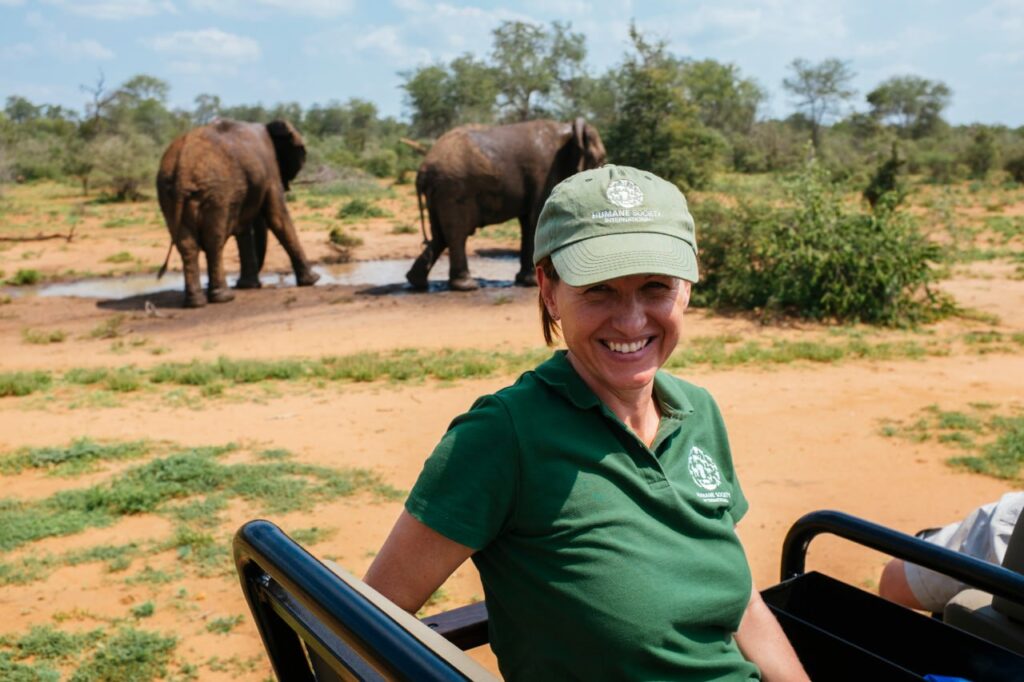Thousands Donate in Name of Uzbek-American Student Killed at Brown University
A fundraising campaign dedicated to an 18-year-old Uzbek-American student who was killed in a shooting at Brown University in Rhode Island has collected more than half a million U.S. dollars. MukhammadAziz Umurzokov, who went to high school in Virginia, and another Brown student, 19-year-old Ella Cook of Alabama, died in the attack in a university building on December 13. Nine other students were injured. Law enforcement agencies are searching for the suspect and have not publicly commented on a possible motive. One of Umurzokov’s sisters, Samira Umurzokova, set up a GoFundMe page that had drawn more than 10,000 donations totaling over $500,000 by Thursday. “Our family is incredibly devastated by this loss. Any donations will help significantly with any expenses my family will have to face, and the rest of the funds will be donated to charity in his name,” the page reads. Without providing personal details, it lists a William Ackman as making the top donation of $18,000. American billionaire investor William, or Bill, Ackman, has been active in other fundraising campaigns, including the GoFundMe campaign for Ahmed al-Ahmed, a man who disarmed one of the two shooters in the attack at Sydney’s Bondi Beach that killed 15 people on December 14. Al-Ahmed was hospitalized after being shot. One of two gunmen, believed to have been inspired by the Islamic State group, was killed; the second was injured and has been charged with murder and terrorism. Umurzokova has said that her brother, who was a first-year student at Brown, had suffered Chiari malformation, in which brain tissue extends into the spinal canal, as a child. He wanted to become a doctor so that he could help people in the same way that he was helped, she said. “He’s a real person. He had real ambitious goals and aspirations, like anyone else would,” Umurzokova said in a CNN interview. “I want people to know that him and the other victims are not just numbers. They’re not just statistics. They’re real people and real families are genuinely hurting like crazy because of their loss.” Umurzokova said her parents wanted people to “hear their son’s name, see their son’s picture, instead of, you know, seeing ‘two dead nine injured.´” Cook, the other student who was killed in the Brown shooting, was a sophomore focusing on French and mathematics-economics.
Financing Agreement for China-Kyrgyzstan-Uzbekistan Railway Project Signed in Bishkek
On December 16, a loan agreement was signed in Bishkek to finance the construction of the China-Kyrgyzstan-Uzbekistan (CKU) railway, an ambitious regional transport project intended to bolster connectivity across Central and South Asia. According to the Kyrgyz government, the agreement was concluded between China-Kyrgyzstan-Uzbekistan Railway Company LLC, a joint venture formed by the three participating countries and a syndicate of Chinese banks, including the China Development Bank and Eximbank. The CKU railway has been discussed for more than two decades, but repeatedly stalled over financing, route selection, and technical concerns. Momentum increased after 2022 as China sought alternative westbound transport corridors and Central Asian states looked to diversify trade routes and reduce reliance on existing transit pathways. The total cost of the railway project is estimated at $4.7 billion. Half of that amount, approximately $2.3 billion, will be provided as a 35-year loan from China to the joint project company, which will be responsible for repayment. The remaining $2.3 billion will be contributed to the company’s authorized capital: China will cover 51%, while Kyrgyzstan and Uzbekistan will each provide 24.5%. The CKU railway is a strategically significant infrastructure initiative spanning 523 kilometers. Construction officially began on December 27, 2024, in Kyrgyzstan’s Jalal-Abad region. Once completed, the railway will link Kashgar in China with Torugart, Makmal, and Jalal-Abad in Kyrgyzstan, and continue on to Andijan in Uzbekistan. A cargo transshipment station and logistics hub are planned in Makmal. The railway is expected to handle up to 15 million tons of cargo annually. Despite its strategic appeal, the project has raised concerns about debt exposure, particularly for Kyrgyzstan, which already relies heavily on Chinese financing. Officials say the joint-venture structure and long loan maturity will limit fiscal risks, though critics argue projected cargo volumes will need to be met for the railway to be financially sustainable. Currently, neither Kyrgyzstan nor Uzbekistan has a direct rail link with China; the only such connection in Central Asia runs through Kazakhstan. For Uzbekistan, the railway is expected to shorten transit times to Chinese markets and expand export capacity for industrial and agricultural goods. Officials in Tashkent have argued that the CKU route could reduce delivery times by several days compared with existing rail corridors. The CKU railway is among the most technically complex projects in the region. It includes the construction of 50 bridges and 29 tunnels, totaling 120 kilometers in length, meaning roughly 40% of the route will consist of bridges and tunnels. The Kyrgyz section alone will cover 304 kilometers. On December 5, Chairman of the Kyrgyz Cabinet of Ministers Adylbek Kasymaliev visited the construction site of one of the tunnels in the Jalal-Abad region to inspect progress. According to government sources, work has begun on 18 of the 29 planned tunnels and 17 of the 50 bridges. The project currently involves 5,695 pieces of machinery and over 5,000 workers. For Kyrgyzstan, the CKU railway represents the largest infrastructure project in the country’s history. Authorities view the project as a chance to transform the country into a regional transit hub while generating employment, transit revenue, and long-term economic spillovers. Once operational, the CKU railway is expected to integrate with broader transport networks linking China to Central Asia, the Middle East, and Europe, reinforcing the region’s role as a key overland transit corridor amid shifting global trade patterns.
Alisher Sultanov Leaves Office After a Decade of Declining Gas Production in Uzbekistan
Alisher Sultanov was relieved of his post as presidential representative on energy security on December 16, ending some ten years of dubious performance as one of Uzbekistan’s top energy officials. Under Sultanov’s watch as head of the state oil and gas company and then as a top official in Uzbekistan’s Energy Ministry, the country’s oil and gas production decreased, and Uzbekistan went from being a gas exporter to an importer. A Career in the Gas and Oil Sector Sultanov started working in Uzbekistan’s energy sector in the mid-1990s and gradually made his way through the ranks at the state oil and gas company Uzbekneftegaz. In 2015, Sultanov became Uzbekneftegaz’s chairman, serving in that position until 2018. In 2017, Sultanov was appointed Deputy Prime Minister in charge of the fuel, energy, and industrial sector, and in February 2019, he was named Energy Minister. He stepped down as Energy Minister in April 2022, officially for health reasons, but by 2023 was back as presidential advisor on oil and gas, chemical, and energy matters, though that title was changed in July 2025 to the president’s representative on energy security. Stagnation and Decline Uzbekistan does not have large oil reserves. BP’s Statistical Review of World Energy has continually put Uzbekistan’s oil reserves at somewhere around 600-620 million barrels. Uzbekistan does have significant natural gas reserves of at least some 1.1 trillion cubic meters, however, according to the BP Statistical Review of World Energy. The country has been working with international partners to explore for new deposits, particularly in areas of the recently dried out Aral Sea. In 2011, Uzbekistan’s average oil production was some 80,000 barrels per day (bpd), and gas production for that year was some 56.6 billion cubic meters (bcm). Uzbekistan was still sourcing from many fields that had been producing since Uzbekistan was a Soviet republic, and it was not surprising that yields from these depleted fields started decreasing after 2011. Sultanov became head of Uzbekneftegaz in August 2015, and that year, oil production had already dropped to some 60,000 bpd and gas to some 53.6 bcm. Both fluctuated only a little over the next three years, ending 2018 at an average of 64,000 bpd and 58.3 bcm. The 2018 figure for gas was the peak production year of the 2011-2020 period, though it fell well short of the 66 bcm Uzbekneftegaz was predicting for 2018. After Sultanov was named Energy Minister in 2019, the figure for gas production fell significantly. In 2019, gas production was 57.5 bcm, but in 2020, only 47.1 bcm, though oil output held steady at 67,000 bpd and 61,000 bpd, respectively. Gas production increased slightly in 2021 to 50.9 bcm, but then dropped to 48.9 bcm in 2022. The decrease continued after Sultanov stepped down as Energy Minister in April 2022, plummeting to 44.2 bcm in 2023 and 42.2 bcm in 2024. With a rapidly growing population and expanding industrial sector, Uzbekistan’s domestic gas consumption was sharply increasing, rising from 43.6 bcm in 2020 to 54.6 bcm in 2024. Heating and electricity shortages in winter were particularly noticeable from 2020 onwards, despite redirecting some gas that was previously exported toward domestic use. By 2023, the situation was becoming so dire that Uzbekistan reached a deal to import gas from Russia via the same pipelines that until a few years earlier had been shipping Uzbek gas to Russia for decades. It appears Uzbekistan will purchase some 7.7 bcm of Russian gas in 2025, and there has been talk of Russia's gas exports to Uzbekistan eventually reaching 11 bcm annually. Russia’s Man in the Uzbek Energy Sector In 2017, Uzbekistan’s President Shavkat Mirziyoyev called for boosting gas and oil output, stating that the government had invested billions of dollars into Uzbekneftegaz in the 2010-2016 period to help the state energy company increase production. Sultanov, as head of Uzbekneftegaz, Energy Minister, and later as the president’s advisor on energy policies, was unable to parlay this outlay of funds into an increase in the domestic production of gas. Questions were quietly raised over the years about how Sultanov was able to keep his lofty positions despite seeming to fail so miserably at achieving any improvement. Some feel Sultanov’s connections to the Russian government and officials in energy companies LUKoil and Gazprom, the two top foreign investors in Uzbekistan’s gas sector, helped keep him at the top of Uzbekistan’s energy business. If these connections did indeed prevent Sultanov from being sacked in disgrace, it is not inconceivable that he could return to Uzbekistan’s energy sector in some new incarnation. However, there did seem to be a parting shot at Sultanov as he left his presidential advisory position. On the same day that Sultanov’s departure from the energy security advisor post was announced, Uzbekistan’s current Energy Minister Jurabek Mirzamakhmudov said the launch of new fields starting in 2026 would stabilize the oil and gas sector and halt the ”sharp decline in production” Uzbekistan has been experiencing for years.
Pannier and Hillard’s Spotlight on Central Asia: New Episode Available Now
As Managing Editor of The Times of Central Asia, I’m delighted that, in partnership with the Oxus Society for Central Asian Affairs, from October 19, we are the home of the Spotlight on Central Asia podcast. Chaired by seasoned broadcasters Bruce Pannier of RFE/RL’s long-running Majlis podcast and Michael Hillard of The Red Line, each fortnightly instalment will take you on a deep dive into the latest news, developments, security issues, and social trends across an increasingly pivotal region. This week, we're unpacking Turkmenistan's Neutrality Summit, a rare moment where a string of big names quietly rolled into Ashgabat, and where the public messaging mattered just as much as the backroom deals. We'll also cut through the noise on the latest reporting from the Tajik–Afghan border, where misinformation is colliding with real security developments on the ground. From there, we'll take a hard look at the results of Kyrgyzstan's elections, what they actually tell us about where Bishkek is heading next, and what they don't, before examining the looming power rationing now shaping daily life and political pressure in two Central Asian states. And to wrap it up, we're joined by two outstanding experts for a frank conversation on gendered violence in Central Asia: what's changing, what isn't, and why the official statistics may only capture a fraction of the reality. On the show this week: Daryana Gryaznova (Equality Now) Svetlana Dzardanova (Human Rights and Corruption Researcher)
Bishkek to Host Second B5+1 Forum of Central Asia and the U.S.
Kyrgyzstan is preparing to host the second B5+1 Forum of Central Asia and the United States, scheduled for February 4-5, 2026, in Bishkek. On December 12, Kyrgyzstan’s Ministry of Foreign Affairs and Ministry of Economy and Commerce held a joint briefing for ambassadors from Central Asian countries and the United States to outline preparations for the event. The B5+1 platform serves as the business counterpart to the C5+1 diplomatic initiative, which unites the five countries of Central Asia – Kazakhstan, Kyrgyzstan, Tajikistan, Turkmenistan, and Uzbekistan – with the United States. Launched by the Center for International Private Enterprise (CIPE) under its Improving the Business Environment in Central Asia (IBECA) program, B5+1 is supported by the U.S. Department of State and aims to foster high-level engagement between business leaders and policymakers. The upcoming forum in Bishkek builds on the outcomes of the C5+1 Summit held in Washington on November 6 this year. Its objective is to deepen U.S.-Central Asia economic cooperation and highlight the private sector’s pivotal role in advancing economic reform across the region. The event is co-hosted by CIPE and the Kyrgyz government. According to organizers, the forum’s agenda will focus on key sectors including agriculture, e-commerce, information technology, transport and logistics, tourism, banking, and critical minerals. These thematic areas reflect emerging regional priorities and shared interests in enhancing sustainable growth and economic resilience. The B5+1 Forum aims to create a platform for sustained dialogue between governments and private sector actors, encouraging the development of long-term partnerships and policy coordination. The inaugural B5+1 Forum was held in Almaty in March 2024, and brought together over 250 stakeholders from all five Central Asian countries and the United States. The first event centered on regional cooperation and connectivity, with a strong emphasis on empowering the private sector to support the objectives of the C5+1 Economic and Energy Corridors.
Glacier Melt Threatens Central Asia’s Water Security, Experts Warn at Regional Forum
The accelerating retreat of glaciers poses a serious risk to water security across Central and West Asia, scientists and journalists warned during an online media forum jointly hosted by the Asian Development Bank (ADB) and the International Centre for Integrated Mountain Development (ICIMOD) on December 10, according to Asia-Plus. The forum focused on the growing impact of glacial melt in mountain regions, including the Pamirs, Tien Shan, Hindu Kush, and Himalayas, where shrinking ice reserves are increasingly disrupting water supplies for agriculture, energy, and drinking water. A key highlight was the ADB’s Glacier to Farms (G2F) program, presented by senior climate adaptation specialist Chris Dickinson. The initiative, spanning nine countries including Tajikistan, Uzbekistan, Armenia, and Georgia, aims to link glacier monitoring with practical, climate-resilient policy measures. Unlike past approaches that primarily diagnosed the problem, G2F offers technical and financial solutions designed to support communities in adapting to climate change. The $3.5 billion initiative, backed in part by $250 million from the Green Climate Fund, leverages a co-financing model that aims to attract $10 in additional investment for every dollar committed. The program envisions a full climate adaptation chain from satellite-based glacier monitoring and mountain observation stations to downstream interventions such as crop insurance, farmer support, and modernization of water infrastructure. “Glaciers are the origin of the entire food and water system,” Dickinson said. “Their rapid retreat threatens lives and livelihoods far beyond mountain regions.” Tajikistan serves as a pilot site for the program due to its heavy reliance on hydropower and its largely mountainous terrain. One of the project's key goals is to enhance the country’s hydrometeorological services and strengthen monitoring of snow cover, glacier movement, landslides, and related hazards. A modern early warning system is being developed for the Panj River basin, combining data on glacial lakes, mudflows, precipitation, and seismic activity. The alerts will be sent to vulnerable communities via mobile networks, complemented by local training programs to ensure proper responses. Forum participants noted that the effects of glacial retreat are already evident. Glaciers in the Tien Shan and Pamir ranges feed the Amu Darya and Syr Darya rivers, vital water sources for Central Asia’s agriculture, energy, and drinking needs. An estimated 74% of the Amu Darya’s flow comes from snow and glacier melt. In the Indus basin, the figure is about 40%. Yet only a small number of the region’s more than 54,000 glaciers are regularly monitored, leaving gaps in early warning systems and long-term planning. Experts from ICIMOD and ADB described glacier melt as a “cascading crisis.” Rising temperatures are fueling more frequent landslides, floods, and mudflows, while droughts reduce crop yields and damage pastures. Glacial lake outburst floods, sudden and destructive releases of water, pose grave risks to nearby settlements. Since the 19th century, the region has recorded around 500 such incidents, and their frequency could triple by the end of this century. Heatwaves and water quality issues further compound the risks. Recent glacial activity in Tajikistan underscored the forum’s urgency. In October, a massive segment of a glacier broke off Mount Ismoil Somoni in the Tajikabad district, near the village of Safedobi. The ice mass measured approximately two kilometers in length, up to 25 meters in height, and between 150 and 200 meters wide. It slid into a gorge, but emergency services quickly stabilized the situation, with no casualties reported. In a separate incident, a large portion of the Didal Glacier in the same district detached and slid more than five kilometers downslope. Experts from Tajikistan’s Center for Glaciology reported that the ice continued to shift for several days and remained unstable. Field teams measuring the glacier in the Surkhob River basin found it to be 1.5 kilometers long, 200 meters wide, and up to 50 meters high. Research shared by ICIMOD and Norway’s Water Resources and Energy Directorate revealed that Central Asia accounts for roughly 8.5% of global glacier mass loss, one of the highest regional shares worldwide. Miriam Jackson, an ICIMOD representative, warned that if global temperatures rise by 1.9°C, the region could lose up to 50% of its glaciers, significantly worsening pressure on already strained water supplies.
“I Miss Everything:” Friends, Officials Mourn Uzbek Student Slain in the U.S.
MukhammadAziz Umurzokov, one of two students killed by a gunman at Brown University on Dec. 13, seemed to be making the most of life after moving to the United States from Uzbekistan with his family some years ago. He hoped to become a neurosurgeon, according to a sister, and his acceptance into the elite university in Rhode Island signaled that he was on the way to achieving his goals. So, the killing of Umurzokov, along with that of student Ella Cook of Alabama, hit hard for some people who, though accustomed to periodic news of mass shootings in the United States, were especially saddened that lives of such promise ended in violence. In Umurzokov’s case, he was mourned from the halls of power and diplomacy in the Uzbek capital of Tashkent to the suburbs of Richmond, Virginia, where he went to high school. “The loss of innocent lives as a result of this tragedy is a heavy loss for all of us,” Akhror Burkhanov, press secretary for Uzbekistan’s Ministry of Foreign Affairs, said on X. “Representatives of the missions of the Republic of Uzbekistan in the United States are in constant contact with the relatives of the deceased and are working closely with the relevant U.S. agencies on all issues.” Jonathan Henick, the U.S. ambassador to Uzbekistan, also expressed his sadness over the killings at Brown. “We extend our sincere condolences to Mr. Umurzokov’s family, friends, and fellow students and mourn the loss of his bright future,” Henick said in a statement. He added the Uzbek-language phrase: “Marhumni Xudo rahmat qilsin” (May God have mercy on the deceased). The Uzbek American Association issued a tribute to the Uzbek student, saying: “His passing has left an immeasurable void in the hearts of his family, friends, classmates, and the broader Uzbek American community.” Some comments from old friends in the United States suggested that Umurzokov, as a member of the Uzbek diaspora, was integrated into the rhythms of American life. “I miss everything,” Jameson Huang said on the GoFundMe page that was set up by Umurzokov’s sister, Samira Umurzokova. “Let’s catch up one day in Publix, drinking Arizonas and eating mac and cheese. Let’s race our cars and see who’s faster. Let’s redo the chaos of the college application cycle and the late night calls and hangouts. One day man, one day. For now, rest easy and stay safe up there.”
Opinion: Is Uzbekistan Importing a Future Crisis?
Once hidden from the view of international investors, Uzbekistan is rapidly rewriting its economic narrative. Over the past eight years, the nation attracted over $113 billion in foreign investment, drawing financial firms and mutual funds eager to seize the momentum of Tashkent’s trade liberalization and its ambition to double GDP by 2030. And rightly so; 40% of the country’s population, which is the largest in Central Asia, is under the age of 25, while its gold production is within the top ten globally. Uzbekistan is in its breakout moment. With Uzbek bonds receiving a further upgrade to a BB rating from both Fitch and S&P Global, comparisons to Vietnam or Indonesia no longer seem aspirational. However, the question remains: Is Uzbekistan ready to set foot on the financial global stage, and, more importantly, is it structurally equipped to stay there? Amidst its sweeping economic transformation, IMF officials have warned the administration to remain vigilant against economic shocks beyond its control: volatile commodity prices, contractions in foreign investor liquidity, and consequently, tighter external financing. These warnings are not theoretical. They come from decades of IMF experience with financial crises in other emerging markets, such as the Latin American debt crises in the 1980s, the “Tequila Crisis” in 1994, and the “Asian Flu” in 1997. In those historic cases, newly liberalized economies suffered not because they lacked growth, but because they lacked a defense against the liquidity cycle. The economic reality is that global capital flows are often driven by decisions made in New York or London, not Tashkent. This economic phenomenon is often explained by the “liquidity model,” which argues that changes in exogenous liquidity conditions - driven by the economic situation of investor countries - shape capital flows into emerging markets. Thus, without sufficient financial market depth, emerging capital markets cannot absorb external shocks. And when global liquidity tightens, these flows can abruptly reverse, resulting in prolonged economic instability and loss of monetary sovereignty. The sequence unfolds as follows: capital inflows surge and balance-sheet vulnerabilities quietly build up; then an external shock - such as a monetary tightening in the creditor economy - causes inflows to slow; the local currency depreciates; and a feedback spiral of declining confidence and weakening balance sheets pushes the economy into crisis. Currency loses trust, struggles to recover, and money flees. Some initial signs of this pattern can be observed in Uzbekistan’s current boom. The economy is increasingly reliant on foreign borrowing: external debt as a share of GDP rose from 24.7% in 2017 to 61.4% in 2024, reaching $78.5 billion by June 2025. According to CEIC benchmarks, this level is already comparable to Poland’s 51.8% and Malaysia’s 69.9%, and now exceeds Kazakhstan’s 59.2%, reflecting growing dependence on financing from the World Bank, Eurobond investors, and major East Asian institutions. High debt levels alone do not necessarily imply instability. They can reflect efforts to accelerate domestic development. The real source of fragility in past crises was not the volume of debt but its denomination. When obligations are in foreign currencies, a country becomes acutely sensitive to the economic conditions of its lenders. To illustrate, if the Uzbek Som were to depreciate suddenly due to a commodity price shock, such as a drop in gold, the public would likely rush to buy dollars, creating a feedback loop that weakens the currency even further. Simultaneously, the cost of servicing foreign debt would spike, as every dollar of repayment would require more Som. Today, approximately 60% of Uzbekistan's government debt is denominated in U.S. dollars. To ensure rapid recovery from inevitable external shocks, Tashkent must shift its strategy from pure growth to structural resilience. This requires building fiscal buffers now to allow for counter-cyclical spending during downturns, rigorously stress-testing the banking sector to prevent systemic credit freezes, and maintaining a flexible exchange rate to act as a natural safety valve against global volatility. Is Uzbekistan importing a future financial crisis? In practice, no country can be fully immunized against global volatility. Yet, history has proven that the FDI model is indispensable for rapidly improving the standards of living for citizens. The question is not if Uzbekistan should take the money, but how it manages the flow and prepares for the worst-case scenario. The views expressed in this article are those of the author and do not necessarily reflect the official policy or position of the publication, its affiliates, or any other organizations mentioned.
Sunkar Podcast
Central Asia and the Troubled Southern Route
